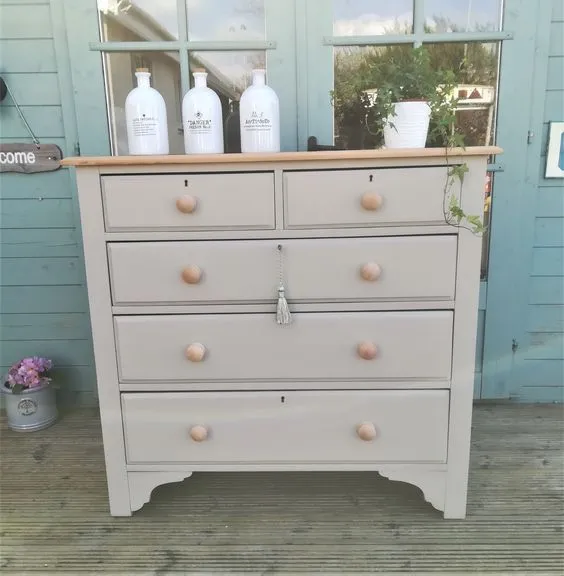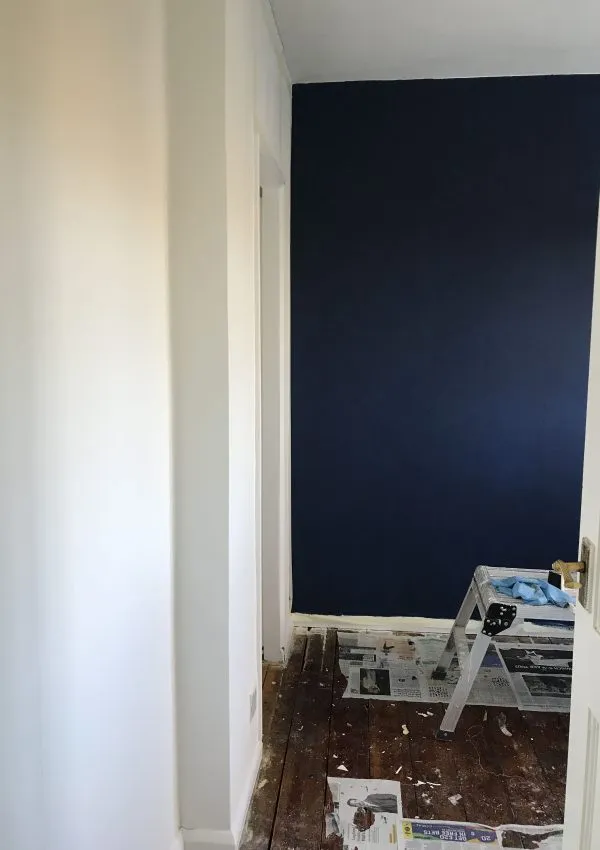No matter the age or condition of your home, there’s a lot that can suddenly break down and cause chaos when you least need it. That’s one of the most frustrating things to deal with as a homeowner, especially on the days when you’re already running late and feeling all over the place.
But in the same way you can decorate your home how you like and make use of DIY methods to create decor simply and cheaply, you can take charge when your home seems to be falling apart, too.
From broken appliances to cracks in the walls to a storm damaging your roof, there’s plenty you can do as a homeowner to maintain control. And if that sounds like the kind of home power you’d like to wield, this is the post for you.
Here’s what you can do to ensure you’re always in charge when your home misbehaves and throws all kinds of frustrating scenarios at you.
Turn Off Any Contributing Systems
This is a safety measure that makes sure you don’t accidentally make your home a whole lot worse. You need to turn off anything that feeds the appliance you might be fixing, or the section of plumbing or wiring that needs removing and replacing.
That means locating your water tank, main fuse box/breaker, water heater, or furnace is. Do you know where these items are off the top of your head? If not, check under your kitchen cupboards, in your bathroom, and in your basement – if you’ve got one.
Keep a Store of Spare Parts
They’re a good thing to have around the house, just in case. After all, a leaking washer can be quite quickly turned off, pulled apart, and put back together again when you’ve got a replacement bit already in your storage box.
You can double-check the setup when you get home again to ensure the work you’ve done is OK, but you won’t need more than 20 minutes to apply a quick fix in the meantime.
Make sure this spare parts box is in easy reach, and try to keep it in a high traffic area of the home. A cupboard under the stairs, for example, rather than out in the shed. If you have to nip out of the house and unlock something, then fight your way through a load of other tools to reach your DIY necessities, you won’t get the convenience you really need here!
Keep the Area Clear
A clear DIY area is the best kind, as there’s nothing to trip over, slip on, or cause an even bigger accident. That means you’re far less likely to get hurt, and anyone who comes into the home while you’re not there won’t come into contact with anything dangerous either.
Make sure there are no pools of water left on the floor, and nothing still live with electricity can zap someone. Try to contain the bits and pieces you’re pulling out or cutting off, and if need be, cordon off the area and leave up a big sign that can’t be ignored!
Rearrange Whatever You Can
Of course, sometimes, you genuinely will be pushed for time. You won’t be able to stick around and fix up the problem, and you’ll have to make the area safe, dry, and cordoned off until you get the time you need.
If you’re on the way to work, for example, you’re going to need a very understanding boss to get an extra hour at home!
But sometimes you will be able to contact the person you’re off to meet and rearrange things. If there’s a flood or a genuine electrical concern in your bathroom or kitchen, that needs sorting out before anything else!
Be honest with them about what the issue is and keep them updated on your progress.
Staying in Charge of Your Home: What to Keep in Mind
When something in your home goes boom, have the tools you need already on your side! That’s the way to cope with anything that a modern structure could throw at you.
Whether you need to stop a flow of water, prevent some faulty wiring from starting a fire, or get the drain unblocked before it backs sewage into the house, a bit of prep work will take the tension out of the situation.
Remember, you’re far more capable at DIY than you think – your skills will give you the time you need to get a professional round!





I totally get the frustration of home breakdowns! Like when my toaster shorted out. Good tip on turning off systems. But where can I find the best deals on spare parts? Any DIY success stories?